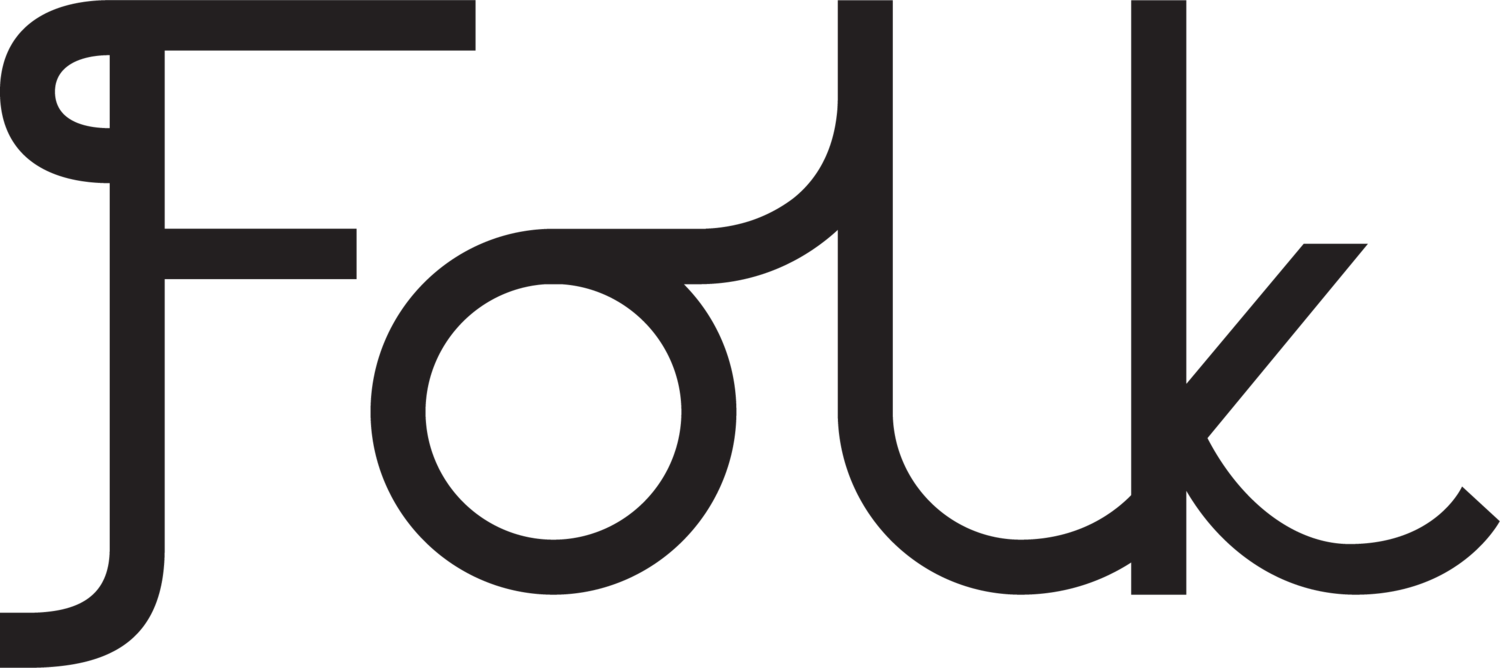A while ago, I was asked to consider the tools we use for our projects. It got me thinking in more detail about necessity. Were we fully utilising all available functionality? Was the team finding the program helpful? Was it actually saving time?
The first one I considered was Assembla - a code management tool for software developers.
It worked perfectly when delivering multiple offshore agile projects at once. However, when working on fixed-cost projects, it didn’t seem as successful. In short: it served its purpose on change requests, post-launch and launch sprints.
But I needed to ask myself: was it worth $349 a month?
Well, we still needed tickets for project builds, and some way to manage workflow effectively… so I started looking at other ways to keep things running smoothly. Here’s a round-up of some of my favourites:
1. Trello - an excellent free alternative for ticket creation and management. And, while it doesn’t quite have the same depth of functionality as Assembla, it’s a massive money saver. Ideal for small businesses.
2. Hand written tickets on a wall - the physical interaction between tickets and the person doing the task is not only a novelty, but it adds a certain element of responsibility to the process. Though, charming and rustic as it is, there’s obviously no automation like a software solution, so I wouldn’t recommend basing your whole workflow around it.
3. Google Docs - an open source, cloud-based office suite. Google Docs is brimming with ease-of-use and functionality, allowing you to do anything from word-processing and spreadsheet number crunching to task planning and flowcharts. A certain amount of set up is required but the potential to fully customise your requirements is endless.
4. Teamgantt (sorry, I cheated: this one’s not free) - for $49 a month this is essential. Each project has a Gantt chart. It ensures that everything’s planned in comprehensive detail, with an amazing focus on time and resource management. It’s easy to use, easy to follow - and so by using Gantt, it’s easy to make a project run smoothly. On the other side of the coin, it’s not massively flexible, so it works better for long-term projects than day-to-day ones. For this, we prefer a backlog and priority chart for the team, for clear visibility all round.
5. Risk and Status Report - a template I’ve created and refined over the last couple of years. It’s a top-line document sent out to the client each week, ensuring they’re aware of upcoming milestones and any potential risks on the project. I do the same thing in my Contact Report, which captures actions from any telephone calls and emails we've had. Communicativeness is next to godliness in the world of project management.
They’ve all got their pros and cons, and this is by no means a comprehensive list (if you know any good ones I’ve left out, let me know @folkwithpurpose), but together they work wonders for keeping things streamlined and well-oiled. But the bottom line is this: tools aside, a strong defined simple process is crucial. You might have all the PM aids in the world, but unless you and your team know how to approach them in an organised and composed way, you’re doomed to workflow anarchy.
Thanks for reading,
Ben
